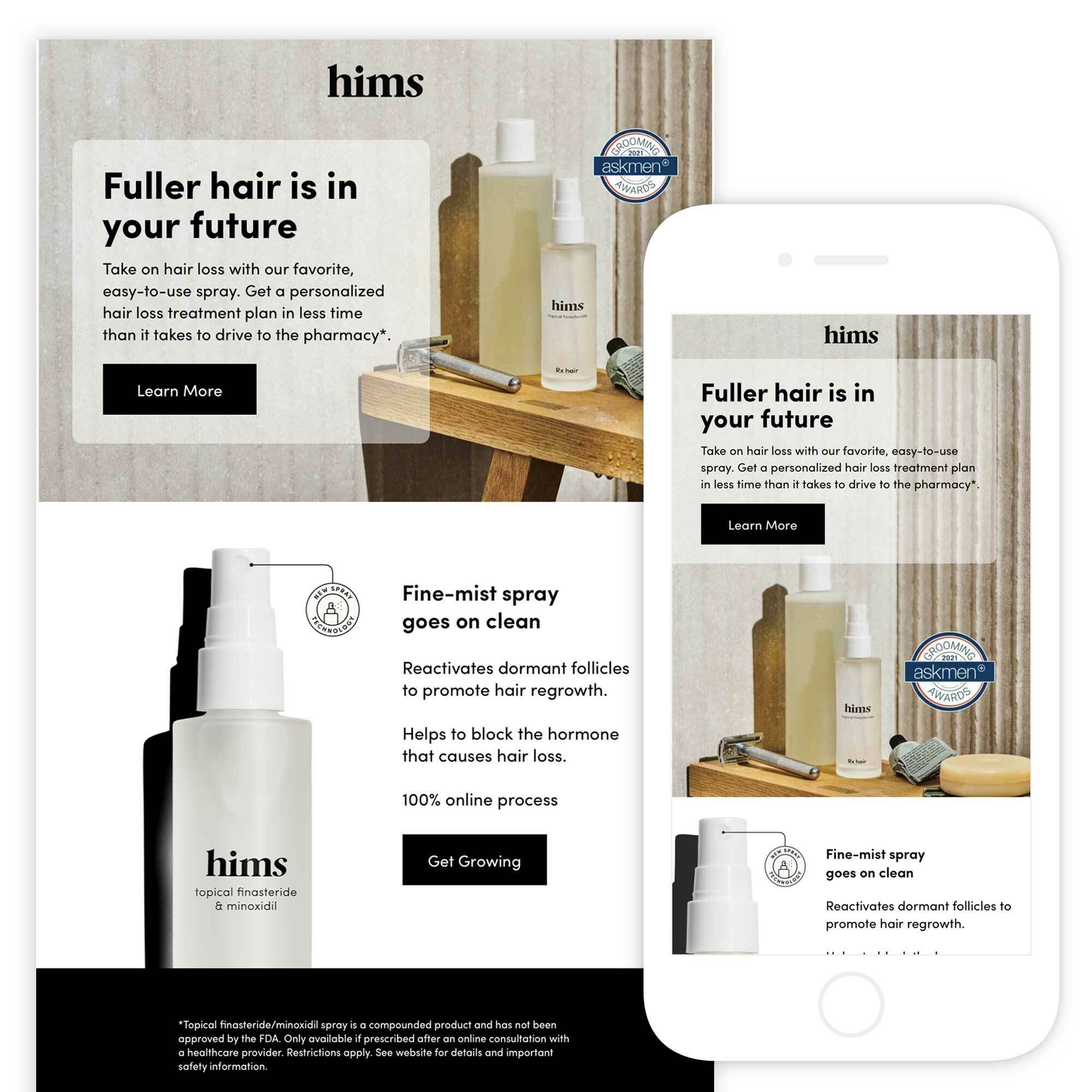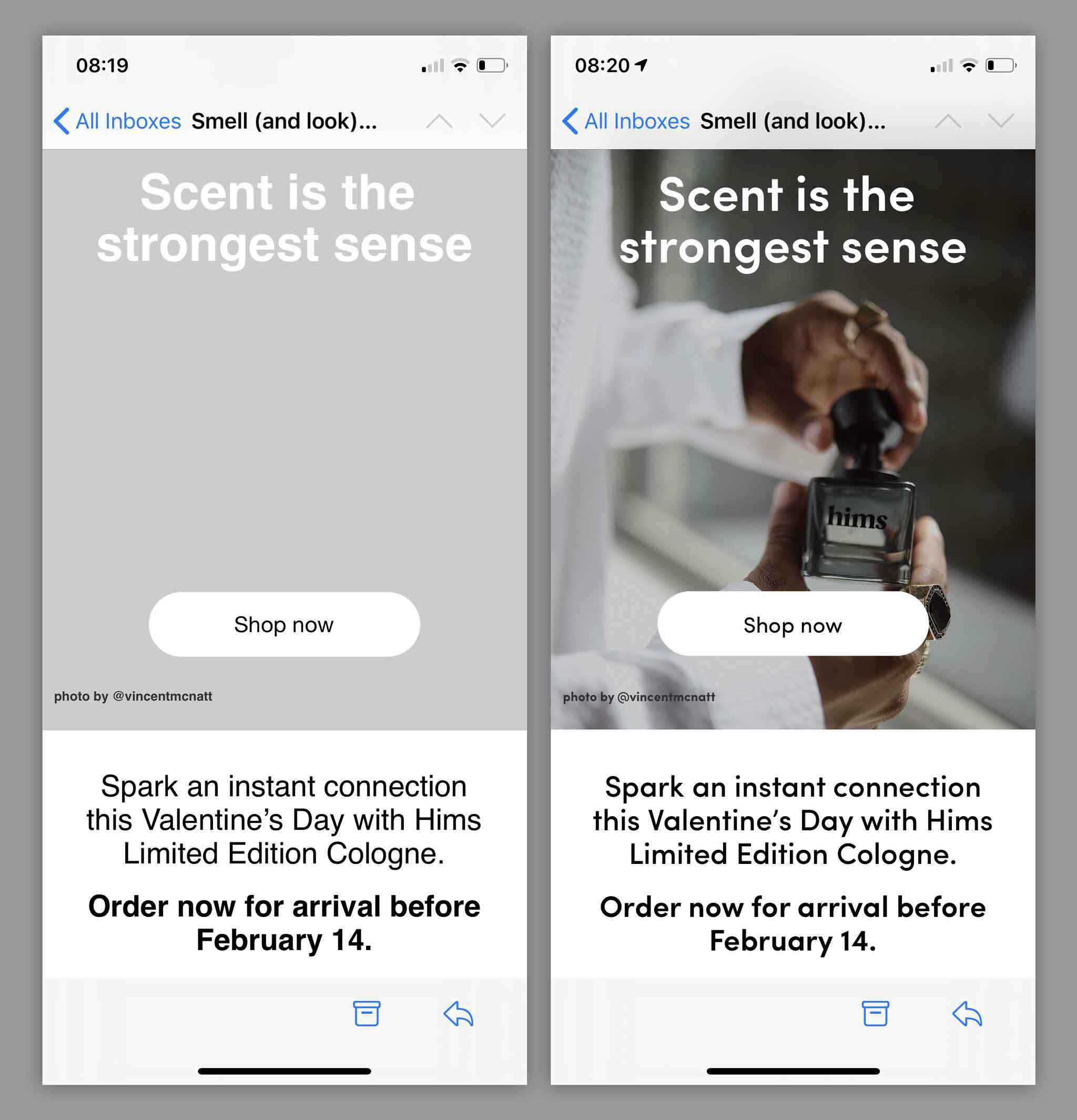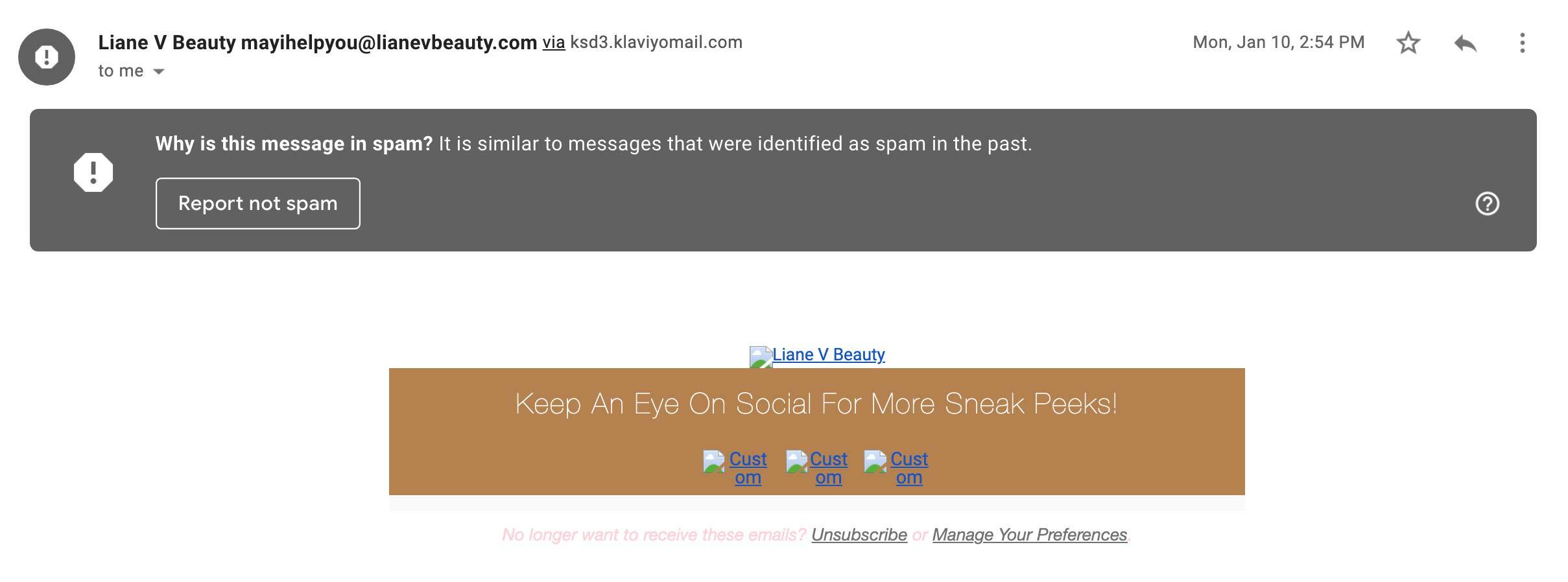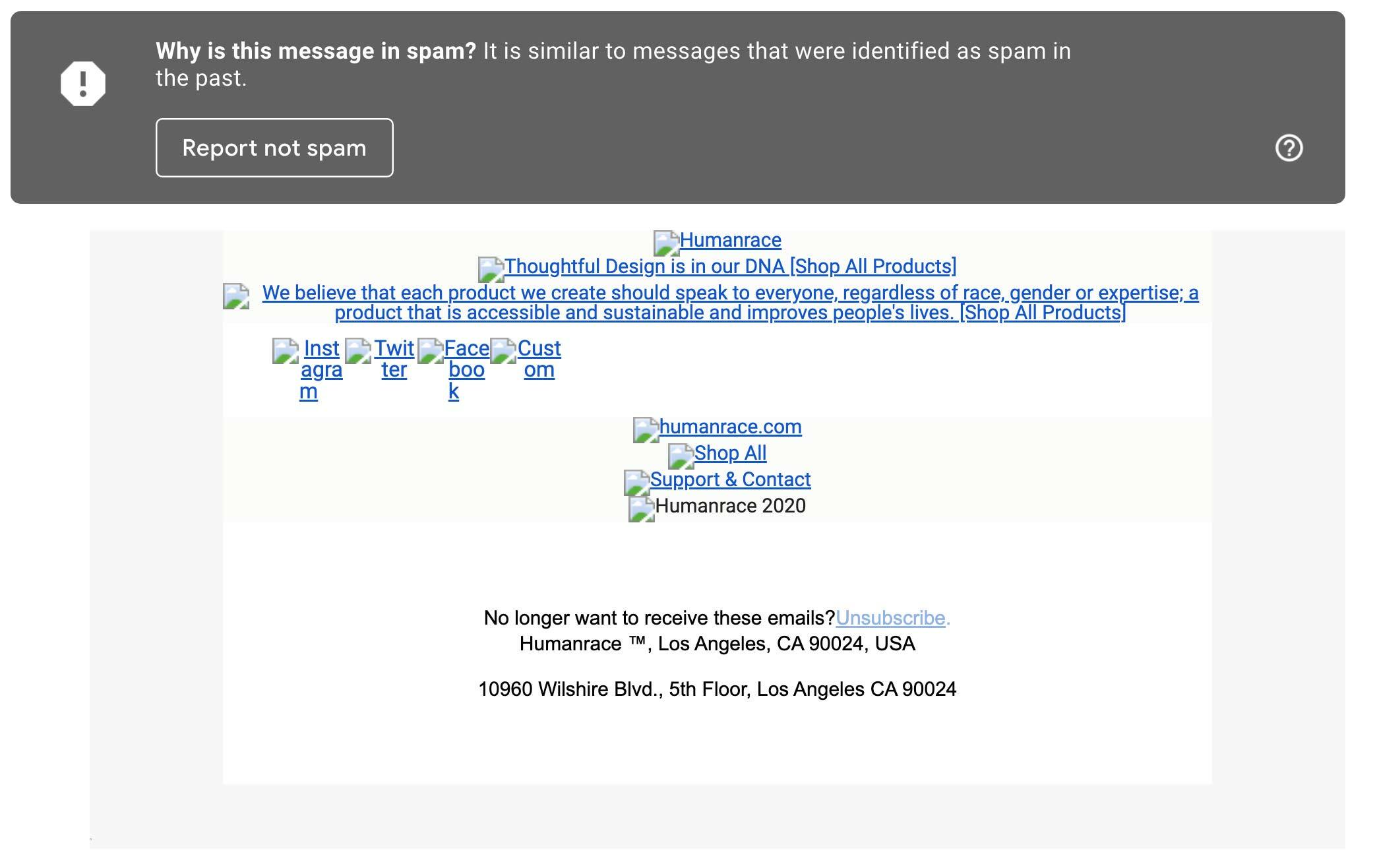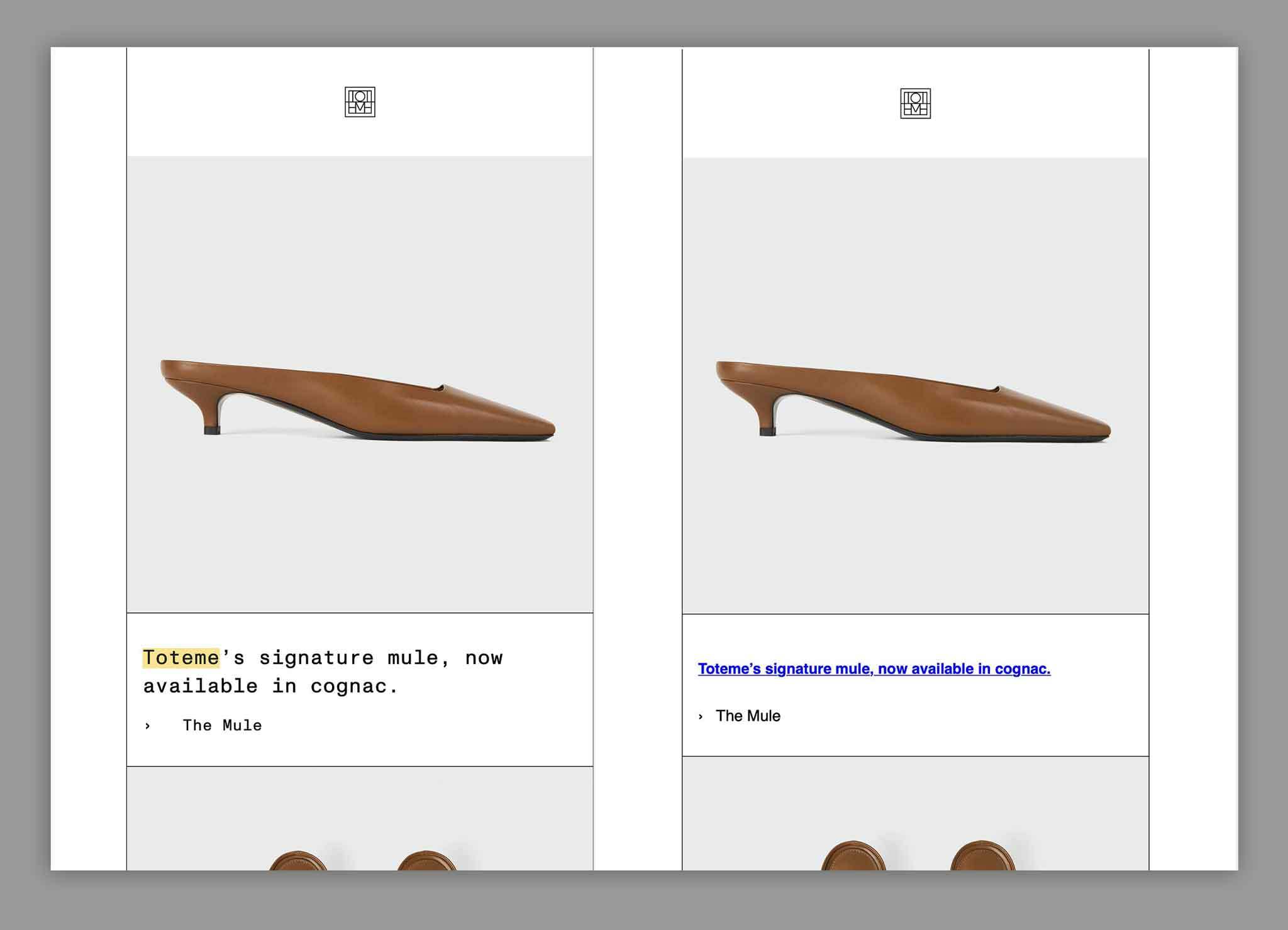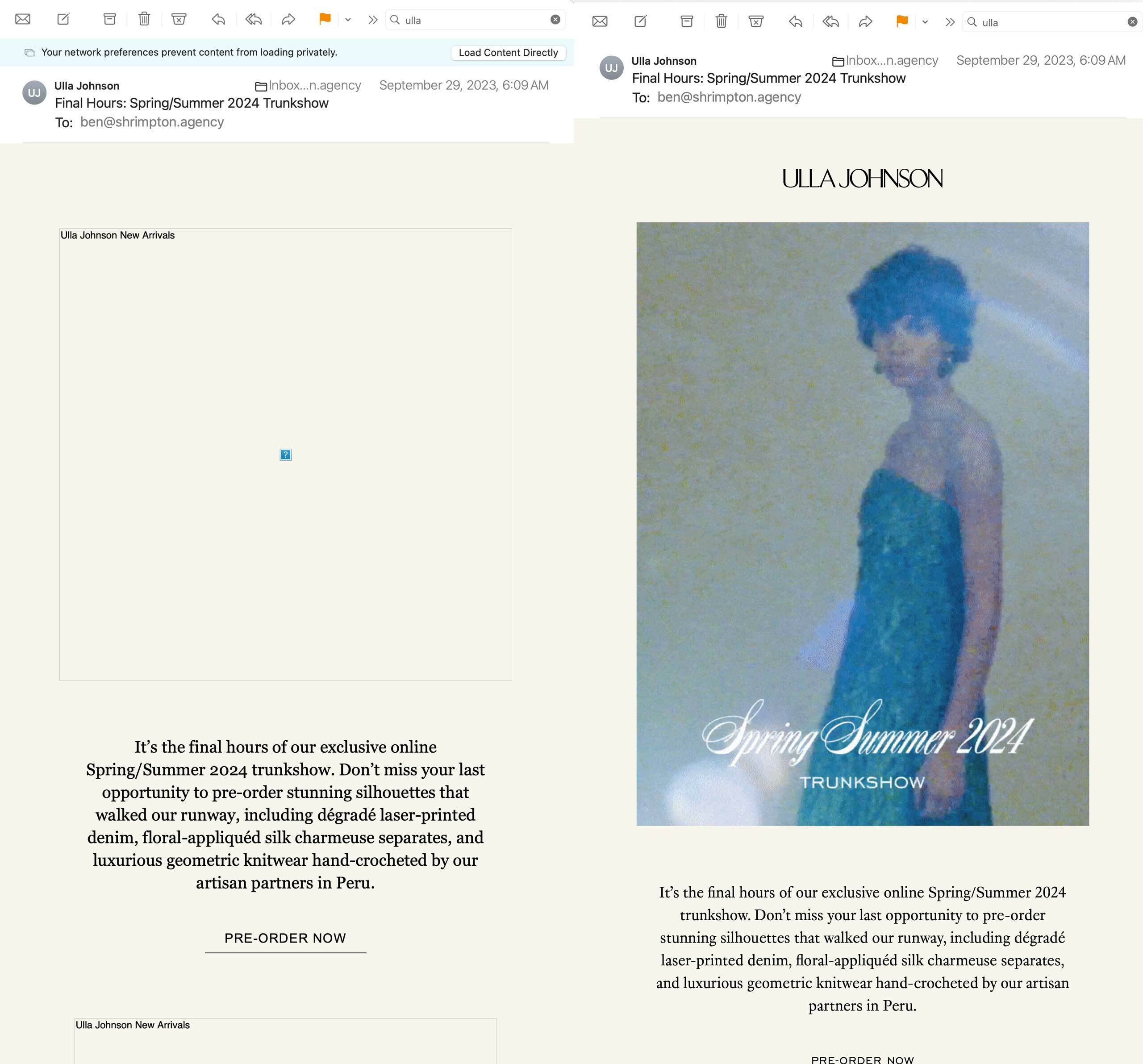When it comes to email marketing, crafting thoughtful, well designed, well written content is vitally important — so also is the way you code and deliver your emails. Fighting for your customer’s attention has never been harder. Brands need to realize that delivering crap to your inbox just doesn’t cut it in anymore.
One would have hoped that by now, HTML email standards would align harmoniously with the HTML5 browser standards we all enjoy. Unfortunately, developers continue to grapple with cross-platform issues and stubborn idiosyncrasies that have persisted. Consider the seemingly archaic Outlook 2007—yes, it's still in use! Gmail poses its challenges by occasionally stripping web fonts, while Yahoo Mail seems to play hide-and-seek with your bottom margin. And the question of embracing Google AMP emails looms.
Fighting for you customer’s attention has never been harder. Brands need to realize that delivering crap to your inbox just doesn’t cut it in 2024.
Right now the struggle to capture your customer's attention is more daunting than ever. Since our agency's inception in 2015 we have been fervently advocating for better approaches to email marketing creation and development.
Big No No’s
Let's talk about the big no-no's—starting with image-only emails, the prime culprits of the spam-o-meter. Not only do they devour users' precious bandwidth, but they also introduce inherent latency and accessibility concerns. Image only emails are unable to leverage media queries effectively to adapt their mobile appearance as true HTML emails can.
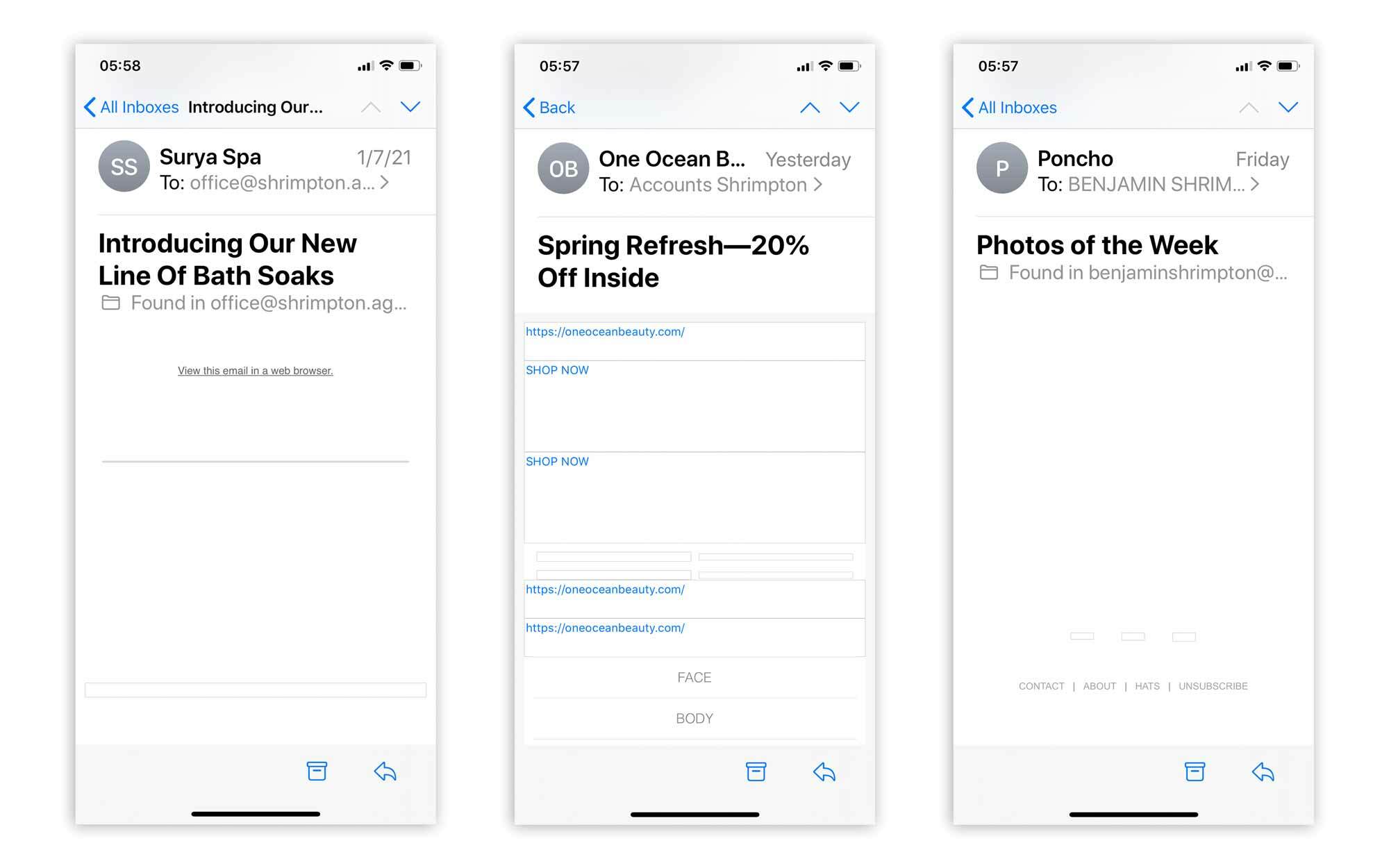
On top of that, users cannot copy text from images, leaving promo codes and inline links trapped within digital pictures. Such limitations risk alienating your audience and might even lead to potential legal repercussions regarding accessibility. Screen reader users might find themselves puzzled by cryptic filenames like "Image alt tag screenshot_212_4738490121_121.jpg."
Resolution
Finding a resolution to these challenges is essential. The myriad of pixel densities available today makes fuzzy email images are a big let down, but using retina sized images, especially GIF's could push your byte size beyond acceptable limits of your platform, and best practices.
Best practices
Creating emails that follow best practice and still deliver a beautiful brand experience is an intricate endeavor. The process demands the ingenuity of skilled developers investing countless hours in hackery and cross-platform testing. Making a notable impact on the internet today is incomparably more difficult than it was just three years ago, not to mention five or ten years back.
In conclusion, the evolving realm of email marketing necessitates a strategic fusion of content brilliance, innovative design, and meticulous coding. By embracing this synergy, brands can rise above the competition and forge a meaningful connection with their audience, even amidst the challenges posed by an ever-changing digital landscape.
